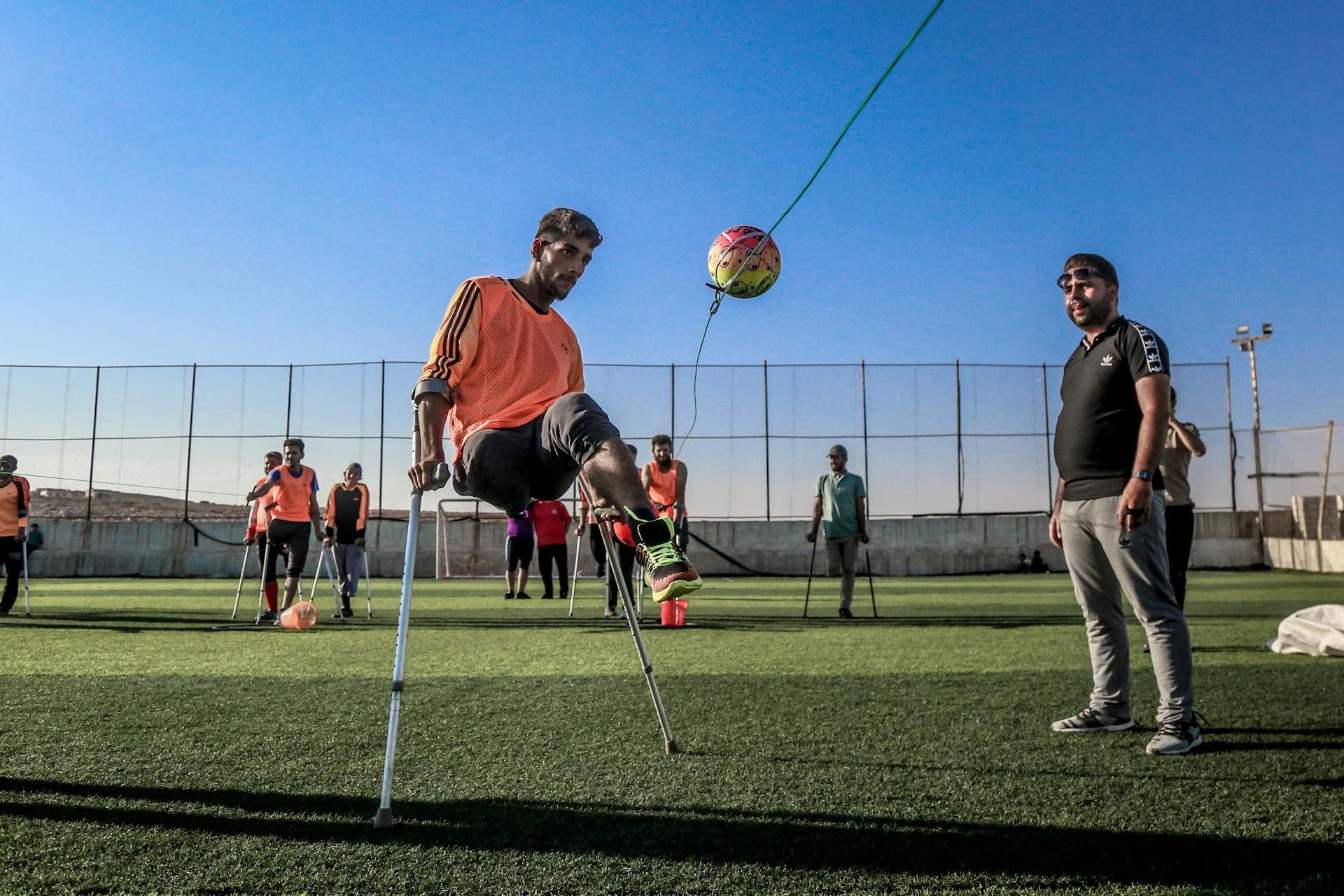business resources
Tips for Creating More Opportunities for People with Disabilities
14 Jun 2025, 10:26 pm GMT+1
Creating more opportunities for people with disabilities is the key to building an inclusive and equitable society. Despite progress in accessibility and awareness, individuals with disabilities still face significant barriers in education, employment, and daily life. These challenges often stem from systemic issues, outdated infrastructure, and social stigma. Real change requires proactive efforts that go beyond compliance and focus on empowerment, accessibility, and inclusion. Whether in schools, workplaces, or communities, we all have a role in fostering environments where people with disabilities can thrive. By addressing these challenges thoughtfully, we create a stronger, more diverse society that benefits everyone.
Foster Inclusive Education from the Start
Building opportunities begins with education. When children with disabilities are included in mainstream schools with the right support, they develop alongside their peers and are better positioned for future success. Inclusive education means more than just physical access to classrooms. It involves tailored teaching methods, assistive tools, and trained educators who can support diverse learning needs. Schools must adopt individualized education plans (IEPs), integrate universal design for learning (UDL) principles, and eliminate discriminatory practices like segregation or low academic expectations. When students with disabilities are empowered to thrive academically, it sets a strong foundation for lifelong learning and employment.
Promote Accessible Workplaces and Employment Policies
Creating inclusive workplaces starts with designing employment policies that consider the diverse needs of people with disabilities. This includes offering flexible work arrangements, ensuring physical accessibility, and implementing inclusive recruitment strategies. Employers should foster a culture that values diversity and provides equal growth opportunities. Accessibility goes beyond ramps and elevators. It involves communication tools, adaptive technologies, and supportive leadership. For example, we can learn more about Fello, which has been noted for exploring accessible workplace practices, to better understand how thoughtful design and policy can support inclusion. Inclusive employment strengthens teams and drives long-term success.
Leverage Technology and Innovation
Adaptive and assistive technologies have revolutionized access for people with disabilities. From screen readers and voice-controlled software to mobility aids and customized learning tools, technology enables individuals to participate more fully in society. Affordability and availability remain concerns. Governments, nonprofits, and private companies should invest in research, development, and distribution of accessible tech. Mainstream digital tools and services must prioritize accessibility in their design, ensuring websites, apps, and devices are usable by all. Inclusive technology levels the playing field and helps bridge the digital divide that often excludes those with disabilities.
Support Independent Living and Mobility
Creating opportunity means ensuring people with disabilities can live independently and move freely. This requires accessible housing, reliable transportation, and community-based support services. Urban planning and public policy should prioritize universal design, like building environments that accommodate a wide range of physical and cognitive abilities. Public transportation systems must be upgraded with ramps, elevators, audio announcements, and visual signage. Accessible housing must be more widely available and affordable, with features like grab bars, wider doorways, and smart home technology. These changes allow individuals with disabilities to lead autonomous lives and engage fully in their communities.
Encourage Civic and Community Engagement
People with disabilities must be included in civic life as contributors and decision-makers. This includes ensuring polling stations are accessible, voting materials are available in alternate formats, and political platforms consider disability rights. Community programs and cultural events should welcome all abilities, with adaptive recreation, sensory-friendly performances, and inclusive outreach. Representation matters. When people with disabilities see themselves in leadership roles, media, and advocacy spaces, it challenges stigma and inspires systemic change. Promoting visibility and participation empowers individuals and reinforces the idea that their voices matter.
Implement and Enforce Strong Legal Protections
While many countries have disability rights laws, enforcement often falls short. Governments must go beyond symbolic legislation and ensure real accountability through oversight, funding, and accessible complaint systems. This includes upholding anti-discrimination laws in employment, education, housing, and public access, and closing loopholes that allow exclusion to persist. Inclusive policymaking should involve consultation with disability advocacy groups and individuals with lived experience. By embedding disability rights into the fabric of all policy areas, such as health, transport, digital access, and economic development, we can create a more just and equitable society for everyone.

Creating more opportunities for people with disabilities requires a commitment to accessibility, equity, and inclusion across all areas of life. From education and employment to community engagement and policy reform, every step taken to remove barriers empowers individuals and enriches society as a whole. It’s not enough to simply comply with regulations. We must strive to foster environments where all people can thrive, contribute, and feel valued. By embracing diverse abilities and designing systems that support everyone, we pave the way for a more just and compassionate world. True inclusion begins when we act intentionally to ensure no one is left behind.
Share this
Arthur Brown
Writer
A dad of 3 kids and a keen writer covering a range of topics such as Internet marketing, SEO and more! When not writing, he's found behind a drum kit.
previous
The Lifelong Learner’s Guide: How to Become a Better Reader
next
How Much Do Personal Injury Lawyers in Salt Lake City Take from Your Settlement: Understanding Typical Fees and Deductions